If you’ve been following the Army’s Robotic Combat Vehicle program, you’ve gotten to see futuristic military technology come to life in real time.
In the span of a few years, the program went from a concept to testing not one, but four exciting prototypes from companies at the forefront of the defense industry.
Now, according to Breaking Defense, the Army is planning to shutter its RCV program. Other vehicles are in the crosshairs, too.
Read Next: Did Slate Just Drop the Hottest Technical of the Century?
How We Got Here: A Look Back at the RCV Competition
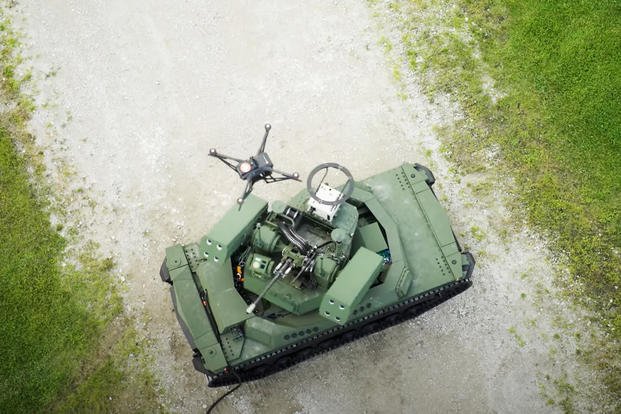
According to the Congressional Research Service, Army leadership sought to develop three RCV variants beginning in 2019.
The sub-10-ton RCV-Light was intended to be an expendable front-line asset with limited defense capabilities that could be transported in rotary wing aircraft. The 10- to 20-ton RCV-Medium was intended to defeat enemy armored threats and fit inside a C-130. The 20- to 30-ton RCV-Heavy was intended to be capable of defeating “all known enemy armored vehicles,” deploy by C-17 and be as survivable as a crewed tank.
The Congressional Research Service reports that, by 2023, Army leadership decided to focus entirely on the RCV-L. Four prototypes competed for the role: the General Dynamics Land System TRX, McQ WOLF-X, Oshkosh Defense RCV and Textron Ripsaw M3.
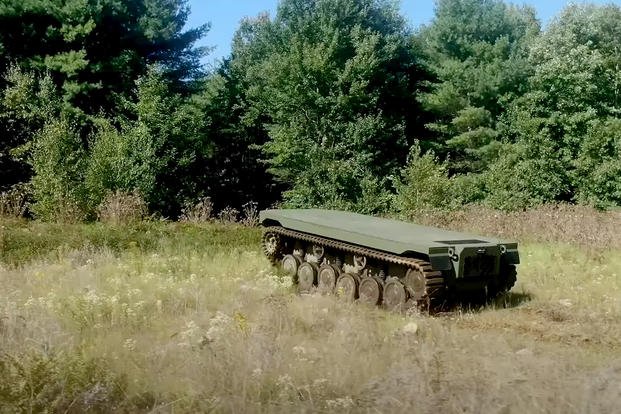
On March 7, 2025, Breaking Defense reported the Textron Ripsaw M3 had beaten out the competition for the Army’s business and would serve as the first RCV.
The Defense Post also reported on the news, but both sources pointed out it came through back channels rather than an official public announcement.
Now, just a few weeks later, we have some clues as to why Army sources were noncommittal.
What Killed the RCV Program?
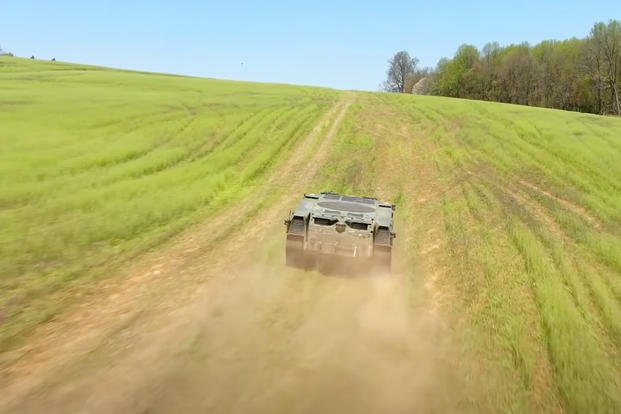
When the Army first solicited concept vehicles from the defense industry, its leaders clearly envisioned a future battlefield where unmanned tanks would take the fight to the enemy in the same way unmanned aerial vehicles do today.
Now, it seems that decision-makers at the highest levels see things differently. In an April 30 memorandum to senior Pentagon leadership, Defense Secretary Pete Hegseth described a new path for the U.S. military’s evolution.
This memo doesn’t directly name the RCV program, but the timing makes it pretty clear that Army leadership considers the RCV to be outside the scope of its focus (for now, at least).
What’s taking its place? Aerial weapon systems -- and lots of them.

Hegseth laid out several areas of focus for Pentagon leadership, including long-range missiles capable of striking moving targets on land and sea, electromagnetic and air-littoral dominance, and counter-drone capabilities.
The document also describes goals for making the acquisition process more efficient by consolidating budget lines, expanding the military’s right to repair in contract agreements and expediting the testing and fielding of new technologies.
Live by the sword, die by the sword. The same thing that created the RCV ended up killing it: the future.
What Other Vehicles Are on the Army’s Hit List?
Hegseth’s memo is focused on the future, but it also points out the U.S. military is holding onto several aging platforms that have outstayed their operational or financial welcome.
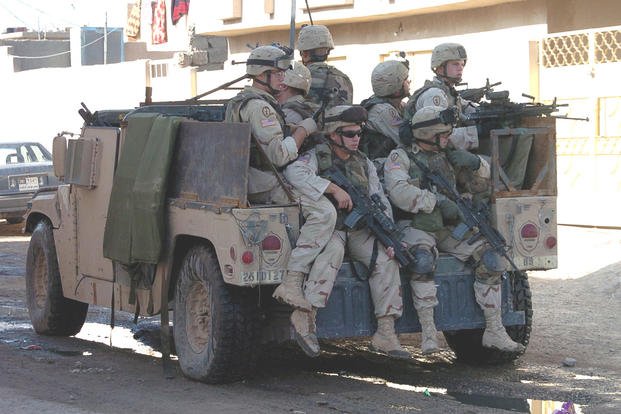
That includes ground vehicles that are obsolete, ineffective or redundant. Modern vehicles that don’t fit into the Army’s plan and older vehicles that are limping along on updates and modifications are equally at risk of appearing in a military surplus vehicle auction.
The memo specifically names the HMMWV. Veterans and Hollywood screenwriters may love the Humvee, but it would appear that a forced retirement is imminent.
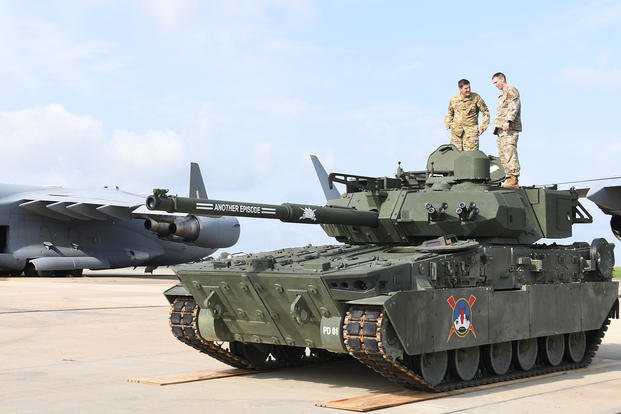
According to Breaking Defense, the Bradley, Stryker, Joint Light Tactical Vehicle (JLTV) and M10 Booker are all on the chopping block. So are air assets such as older variants of the AH-64 Apache attack helicopter and the MQ-1C Grey Eagle drone.
All of these platforms have taken their share of criticism in recent years, so some cleaning house is probably in order.
As for what’s next, we’ll have to wait and see. If the defense secretary has his way, it sounds as if we won’t have to wait long.
Want to Know More About the Military?
Be sure to get the latest news about the U.S. military, as well as critical info about how to join and all the benefits of service. Subscribe to Military.com and receive customized updates delivered straight to your inbox.











